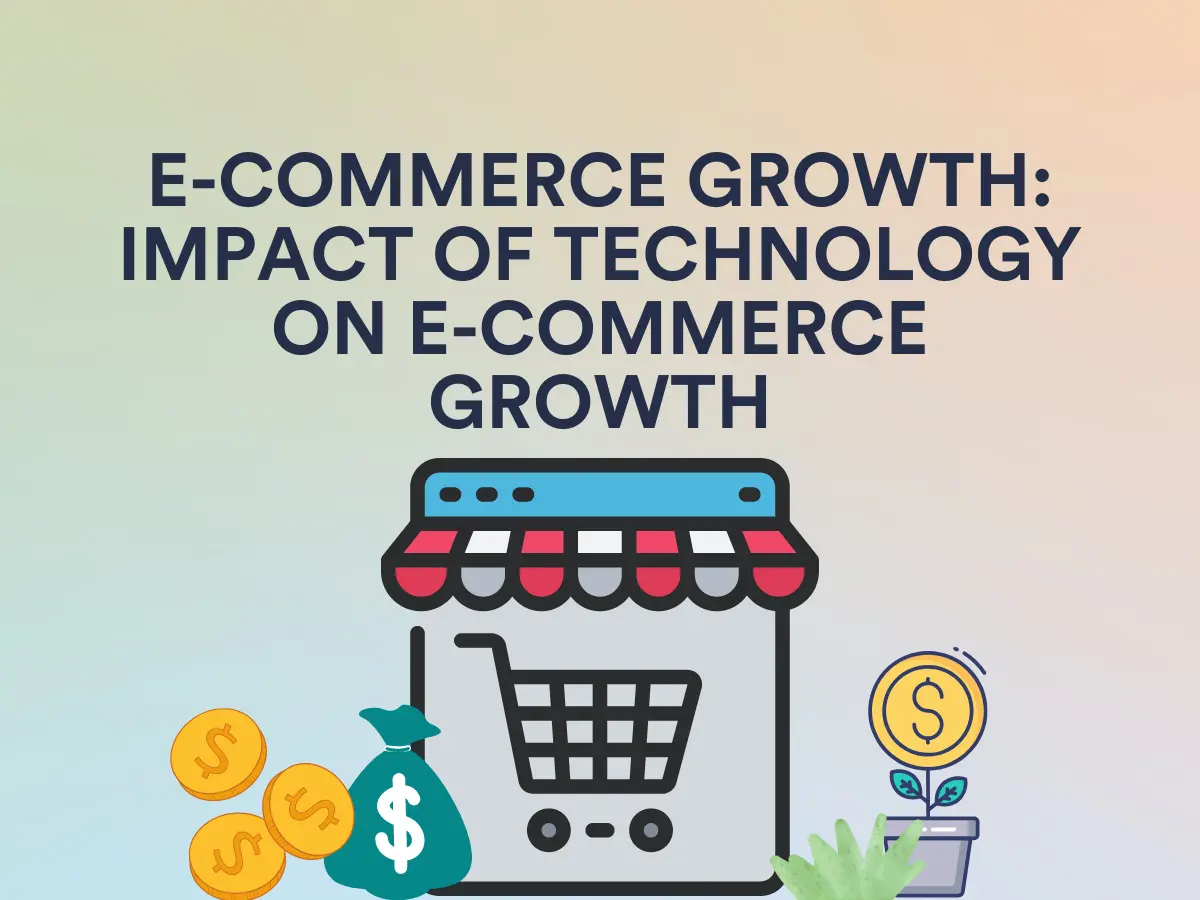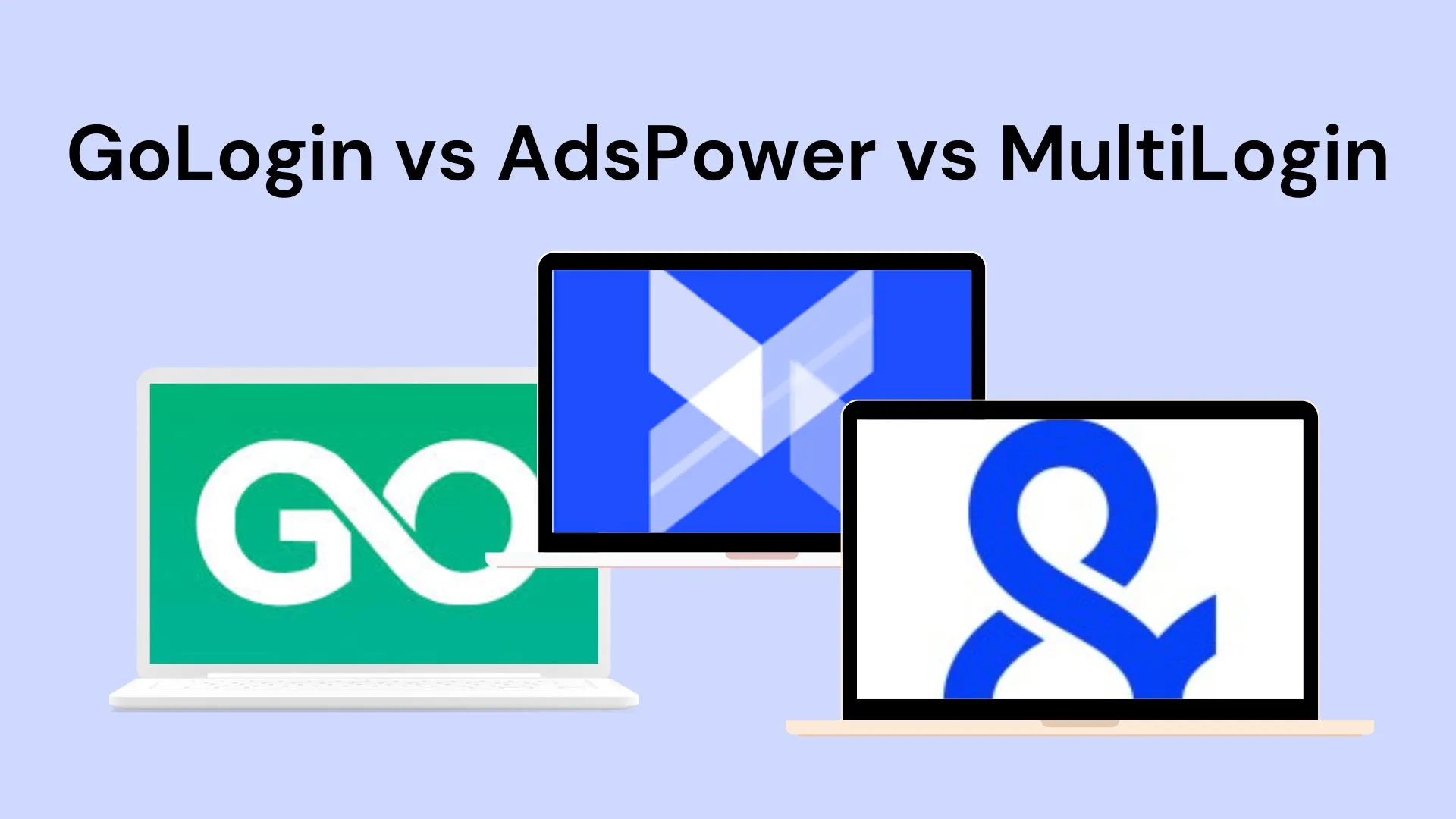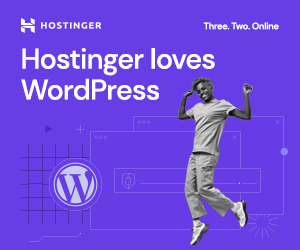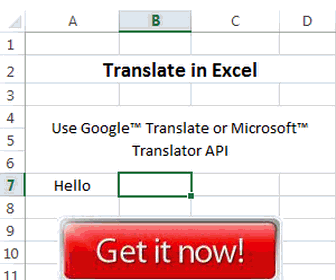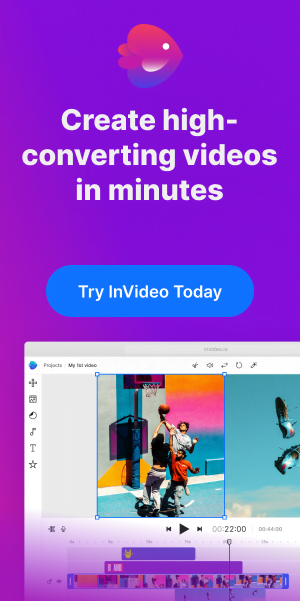If you’re a new SaaS company or a small business owner, a successful SaaS product launch depends on a good marketing strategy. This will help draw consumers’ attention to your product and also help you stand out from your competitors.
However, it will be impossible to achieve any of this if you don’t know how to market a SaaS product effectively.
Furthermore, finding the right strategy for your SaaS business can be difficult. However, it’s important that you have one. So, in this article, we will show you strategies for marketing a SaaS product that will help you stand out from the crowd.
What Is SaaS Product Marketing?
SaaS product marketing is a process of promoting and selling SaaS products and services. It is aimed at gathering new customers across various channels in order to increase sales and establish your business within the industry.
This marketing process involves messaging and positioning your product and marketing strategy in order to differentiate your product’s benefits from others in the market.
How To Market A New SaaS Product
Below are some strategies you can try out to market a new SaaS product.
1. Use Digital Marketing Strategies To Market A New SaaS Product
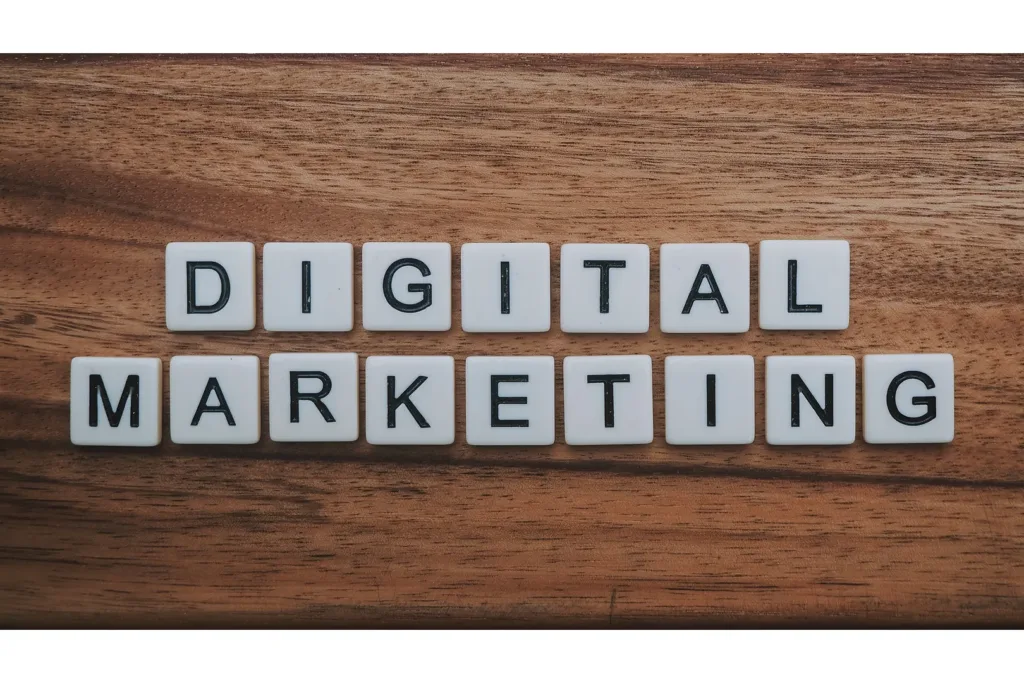
While building your SaaS product, you probably should have done a market survey to identify the marketing channels your audience preferred most. This is because not all channels work for various SaaS products.
However, as a SaaS business owner, you can try out any of these digital marketing strategies:
- Content Marketing
This involves publishing high-quality content that resonates with your audience. You can use tools like Semrush, Keyword Everywhere, Google Keyword Planner, and so on to get relevant keywords that you can write on.
You also need to optimize your content so that it can answer a query or solve your customers’ pain points.
In addition, you can add backlinks to authority websites to help your content rank on search engines
- Search Engine Optimization

Having a good SEO strategy can help boost your site’s traffic. You can use this strategy to rank high on search engines.
Additionally, 61% of marketers claim that their top inbound marketing priority is improving their SEO.
There are various types of SEO you would want to consider when marketing a B2B SaaS product. Examples are On-page SEO, off-page SEO, and Technical SEO.
- Social Media Marketing
It is best believed that social media marketing is mostly used by B2C businesses. Apparently, we advise that you shouldn’t be deceived. According to a statistic by Sproutsocial, 83% of B2B businesses use social media for marketing purposes.
So, you’re definitely safe. There are various ways you can use social media to market your B2B SaaS product.
Some of these ways include posting educational and informational content of your product on your social media platforms.
It also involves building your brand identity and trust- get people to talk about your product with their friends.
2. Use Paid Ads
This is a good strategy for marketing your SaaS product. However, this strategy can’t be replaced with digital marketing, but they can be used together.
Before paying for your product to be seen on various platforms, confirm where your customers spend time the most.
It can either be on Facebook, LinkedIn, Google, or Capterra. Knowing this will help you target your ads on any of the platforms.
Additionally, your marketing team has to create engaging adverts that can showcase your product’s benefits.
3. Referral/ Word-of-mouth Marketing
Word-of-mouth is a powerful strategy that shouldn’t be overlooked. This is because 90% of consumers are more likely to patronize a brand that has been recommended by their friends.
In addition, brands that engage in word-of-mouth marketing tend to see a 5-10% increase in sales annually.
So, if you’ve built a strong customer base, you can get them to recommend your product to their friends and family and publicly.
You can add some benefits or rewards to your product. These rewards can only be enjoyed by customers who refer their loved ones to your product.s to sign up for your product.
4. Limit Your Pricing Plan
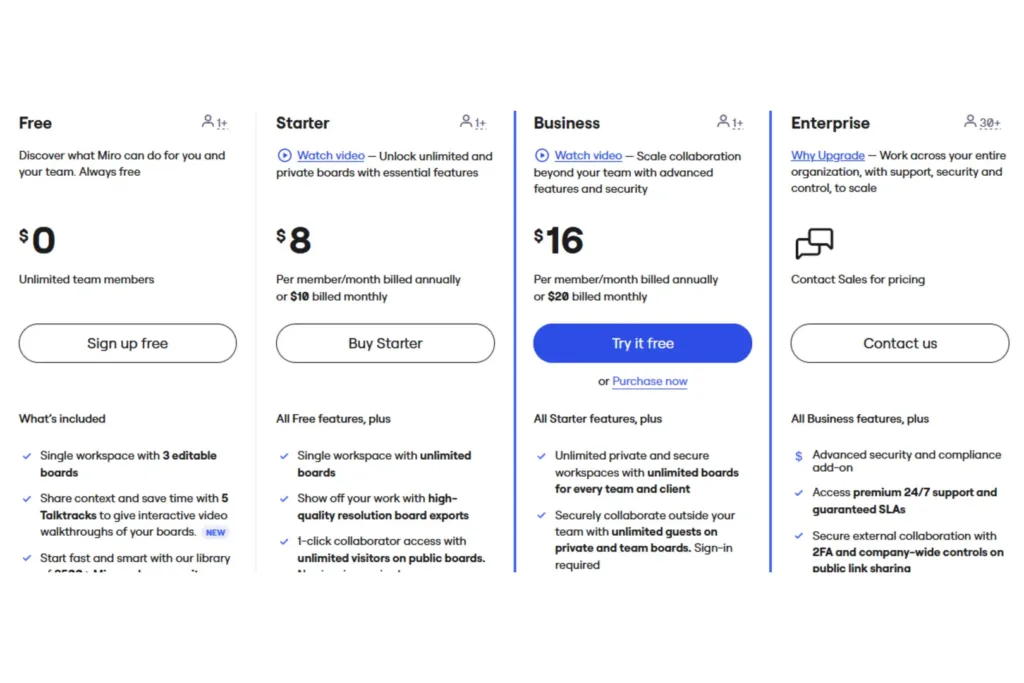
This strategy is offered by Miro. The software offers customers various features, but they only have four plans to choose from. You might feel like the strategy is a bit brutal, but this will actually help your customers.
Rather than getting overwhelmed by different pricing options, they can now easily see the value of each and decide which to choose.
5. Don’t Hide Your Pricing
Hiding your pricing plan from customers can limit customers from subscribing to your product. No one finds it easy to go ahead and patronize a brand without having an idea of its pricing plan. People love transparency!
Additionally, hiding your pricing plan from prospective customers increases churn rate and raises suspicion, no matter how good you feel your product is. Be transparent with your plan and try to make it as easy as possible for customers to understand the value each plan offers.
6. Offer Deals And Discounts
Offering discounts for your product is a good way to market your SaaS product. This will show customers that they can get value from you at certain times at a reduced cost. Only offer deals or discounts when a certain term is met or a milestone is achieved.
For example, you can offer a discount to a customer who just signed up for the first time or a customer who has been driving your product sales. This strategy is used by companies like Grammarly to upsell.
7. Co-Marketing
This strategy requires that you run a marketing campaign with a company that is in your niche. Let’s say you have a SaaS tool for social media management, you can partner with LinkedIn to publish an ebook for social media marketing. This way, your product will be talked about and you’ll reach a larger audience.
However, before you partner with a brand, the following agreement has to be met:
- What should be collaborated on?
- Who will be responsible for certain parts?
- What is the budget? How will the cost be split?
- What’s the collaboration timeline?
- How will engagement be gotten?
8. Customer Reviews And Feedback
It’s almost impossible to purchase a product or service without finding out what people are saying. This is usually done to confirm that you’ll be getting value for your money. Statistics show that 93% of customers’ decision to purchase a product or service depends on the review seen.
So, as a SaaS business owner, you’ll have to gather reviews to build some level of trust with prospective customers. Below are various ways you can get reviews for your product:
- Through third-party sites like G2, Capterra, and Product Hunt.
- You can display testimonials from customers on your home page.
- Video testimonials from customers. This usually contains the customer’s views on your product and the value they’ve gotten from it.
- Customers’ success stories include what they could achieve from using your product.
9. Make Signing Up Easy
Have you ever tried signing up on a website and got confused during the process before? Did you bother trying again? No, I guess. Many people tend to abandon making use of a website or product when the sign-up process is difficult or a bit longer than expected.
This is one thing you shouldn’t do as a new SaaS company. Make your sign-up process as easy as possible. Avoid difficult password rules, provide options that can be ticked when requiring personal information, and allow one-click registration through Facebook or Google.
10. Behavioural Targeting
This marketing strategy uses cookies—a small amount of data that identifies visitors on your sites and other pages they’ve visited—when customers visit your page and opt for a plan without purchasing it.
Various behavioral targeting strategies you can use to get people to purchase your product are:
- Email Retargeting: If the visitor signed up for any service or filled in their email address on your form, you can use it to build a connection with them. You can also persuade them to buy your product by showing them your product’s value
- Display Ads: Once you’re aware of the social media platforms they frequent, you can display your ads across the platforms or website
- Social media retargeting: This is when the visitors get to see your brand logo, ad, and page on various social media platforms
How To Create A SaaS Marketing Plan?
Now that you know the various strategies you can implement to market your SaaS product, it’s time to write a plan. This plan will guide you during your marketing process.
1. Identify Your Buyer Personas
This is the very first thing you need to do when writing a plan to market your SaaS product. An ideal buyer persona will include people who will benefit from your product; e.g., if your SaaS product is for social media management, your buyer persona will be a social media marketer who manages various social media accounts for a business.
When identifying your buyer persona, you’ll need to find out;
- Demographics: Age, education, gender, income status
- Behaviors: Products they use and information they watch or read
- Location: The region they live in
- Email preference: How often do they open emails or click
- Interests: Their hobbies
- Challenges: Their pain points
2. Research Your Competition
Finding out what your competitors are up to will give you an idea on how to be better. It can also help when you’re creating your marketing plan so you won’t make use of a strategy that is already dominated by them.
3. Identify Your Market Goals
These goals will help you measure how effective your strategy is. Any goal you’re setting should be SMART goals i.e., specific, measurable, achievable, realistic, and time-bound. Let’s take, for example, you want to boost sales:
- S- You prioritize unique and new visitors who fit your buyer persona that visited your site.
- M- Here, you track traffic on your site to find out where they are coming from.
- A- You will need to use analytic tools.
- R- To set realistic goals, you’ll have to look at your competitors’ results in order for you to determine what is possible within your niche
- T- You’ll have set a time when you can measure your process to see if there are any improvements.
4. Set Your Budget
For each platform you’d love to market your product, there’s a cost to pay. So before jumping in to market your SaaS product, it’s advisable that you have a meeting with your marketing, finance, and sales team to decide the budget for each process.
Doing this will help you market your SaaS product successfully without having to break the bank.
5. Choose Your Marketing Channels
To market your SaaS product, you can’t just make use of any random channel. You’ll have to use a channel that your ideal audience interacts with more.
For example, 63% of Gen Z choose social media platforms as their preferred channel and email as their second choice.
On the other hand, Millennials prefer personalized conversations from brands with 64% selecting email as their preferred choice and 58% of baby boomers choosing the same medium. This just shows the differences in choices from different age groups.
6. Test Your Strategy
Now, it’s time to see if your strategy is performing well. The test can be A/B analyses to determine which marketing campaigns work best for your product. You can also perform social media analyses to determine which content strategy works best for you.
How Is SaaS Product Marketing Different?
SaaS product marketing is different from other marketing models. You can see these differences in:
1. Pricing
This is an important aspect of SaaS product marketing. When developing your pricing model, you’ll need to consider your target audience. For example, if your SaaS product is for small businesses, we advise that you make your pricing very affordable.
You can also make use of a tiered pricing model in order to help them choose the plan that best fits their needs. To understand more on SaaS pricing, you can check out our detailed guide here.
2. Customer Journey
When marketing a SaaS product, you’ll have to consider your customers’ decision process. This is because, before a company decides to use your SaaS product, they’ll have to confirm that your services meet their needs.
So, expect to get a series of questions on the services you offer, as well as the demo or trial services you offer. This will give them an idea of how well your product functions with their systems.
Due to this strategic process in SaaS marketing, making sales from your product will take a longer period compared to traditional marketing.
3. Product
For traditional marketing, the products can be seen and felt. This, in a way, makes marketing the products easy because customers can see what is being bought. On the other hand, SaaS product marketing can be difficult.
This is because SaaS products are intangible and complex with various features. So, to get people to subscribe to your product or service, you’ll need to make your marketing strategy simple and catchy.
However, despite how catchy your marketing strategy is, it still needs to be able to inform your target audience of your product’s ability to meet their needs.
4. Competition
According to colorlib, there are about 31,000+ SaaS companies globally. Some of the largest ones are HubSpot, Slack, Google Workspace, Zoom, and GitHub. That’s a lot of competition!
Getting ahead of any of these companies can be scary, but it is possible. You must ensure that during your SaaS product development process, your product is focused on offering high-quality services to customers.
Additionally, you can focus on building a strong brand image and invest in digital marketing strategies like content marketing, SEO, email marketing, partnerships, and some other techniques.
Conclusion
With the strategies above, we are sure that marketing your SaaS product shouldn’t be a hassle for you. However, before you choose how you want to market your SaaS product, you’ll have to identify your buyer persona and their preferred channels.
This will give you an idea of how to plan your strategy in a way that resonates with them
Additionally, knowing your audience would give you an idea of how best to design your SaaS product. When it concerns SaaS products, your customers are your priority.


